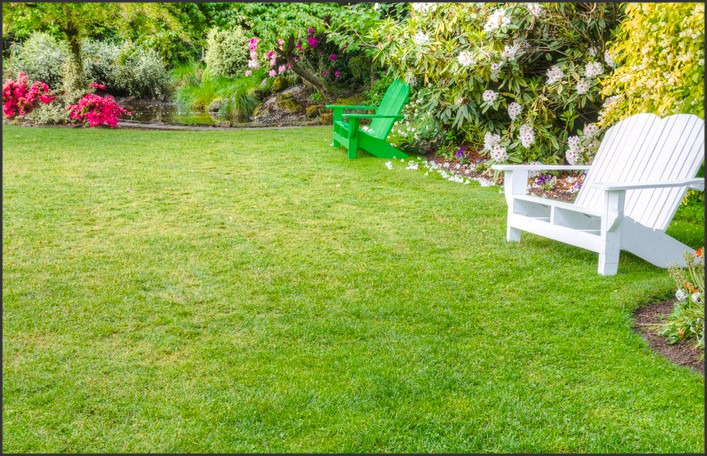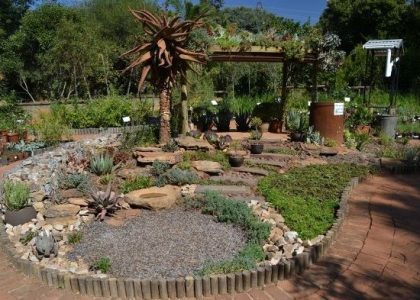
The Greenery Guide: Different Types of Grass is an informative resource that provides comprehensive details about various types of grass found worldwide. It covers a wide range of grass species, from those commonly used in home lawns to exotic varieties found in different climates and geographical locations. The guide offers insights into the unique characteristics, growth patterns, and care requirements of each grass type. It serves as a valuable tool for garden enthusiasts, landscape professionals, and anyone interested in understanding the diversity and complexity of grass species.
Exploring Different Types of Grass: A Comprehensive Greenery Guide
Grass, a ubiquitous feature of our landscapes, is often overlooked in its diversity and importance. However, the world of grass is far more complex and varied than one might initially think. This greenery guide aims to shed light on the different types of grass, their characteristics, and their uses, providing a comprehensive overview for those interested in horticulture, landscaping, or simply enhancing their knowledge about the green world around them.
Starting with the most common type of grass, Kentucky Bluegrass is a popular choice for lawns across North America. Known for its rich, blue-green color and its ability to withstand cold temperatures, this grass type is a favorite among homeowners for its resilience and aesthetic appeal. It grows best in well-drained, open areas with full sun exposure.
Next on our list is Bermuda grass. This warm-season grass is highly tolerant of heat, drought, and heavy foot traffic, making it an ideal choice for sports fields, golf courses, and public parks. Its aggressive growth habit and dense turf formation help to crowd out weeds, reducing the need for extensive maintenance.
For those living in the cooler regions, Fescue grass might be a more suitable option. This cool-season grass is known for its shade tolerance and ability to thrive in a variety of soil types. It’s also highly resistant to diseases and pests, making it a low-maintenance choice for homeowners.
Zoysia grass, another warm-season grass, is prized for its lush, carpet-like appearance and its ability to withstand wear and tear. It’s slow-growing but once established, it requires less watering and mowing compared to other grass types. It’s an excellent choice for lawns and commercial landscapes due to its high tolerance for heat and drought.
St. Augustine grass is a popular choice in coastal areas due to its high salt tolerance. This warm-season grass has a coarse texture and forms a thick, lush carpet that can effectively choke out weeds. However, it requires a good amount of sunlight and does not tolerate heavy foot traffic well.
Ryegrass, particularly Perennial Ryegrass, is a cool-season grass known for its rapid growth and fine texture. It’s often used in mixtures with other grass types to improve the overall quality and durability of lawns. It’s also commonly used for overseeding warm-season grasses during the cooler months to maintain a green lawn year-round.
Buffalo grass, a warm-season grass native to the Great Plains, is known for its drought tolerance and low maintenance requirements. It’s often used in low-traffic areas and requires less mowing compared to other grass types.
In conclusion, the world of grass is diverse and fascinating, with each type offering unique characteristics and benefits. Whether you’re a homeowner looking to improve your lawn, a professional landscaper seeking the best grass type for a project, or a nature enthusiast interested in learning more about the greenery around you, understanding the different types of grass can provide valuable insights and guide your decisions. Remember, the best type of grass for any given situation depends on a variety of factors, including climate, soil type, sun exposure, and usage requirements.




